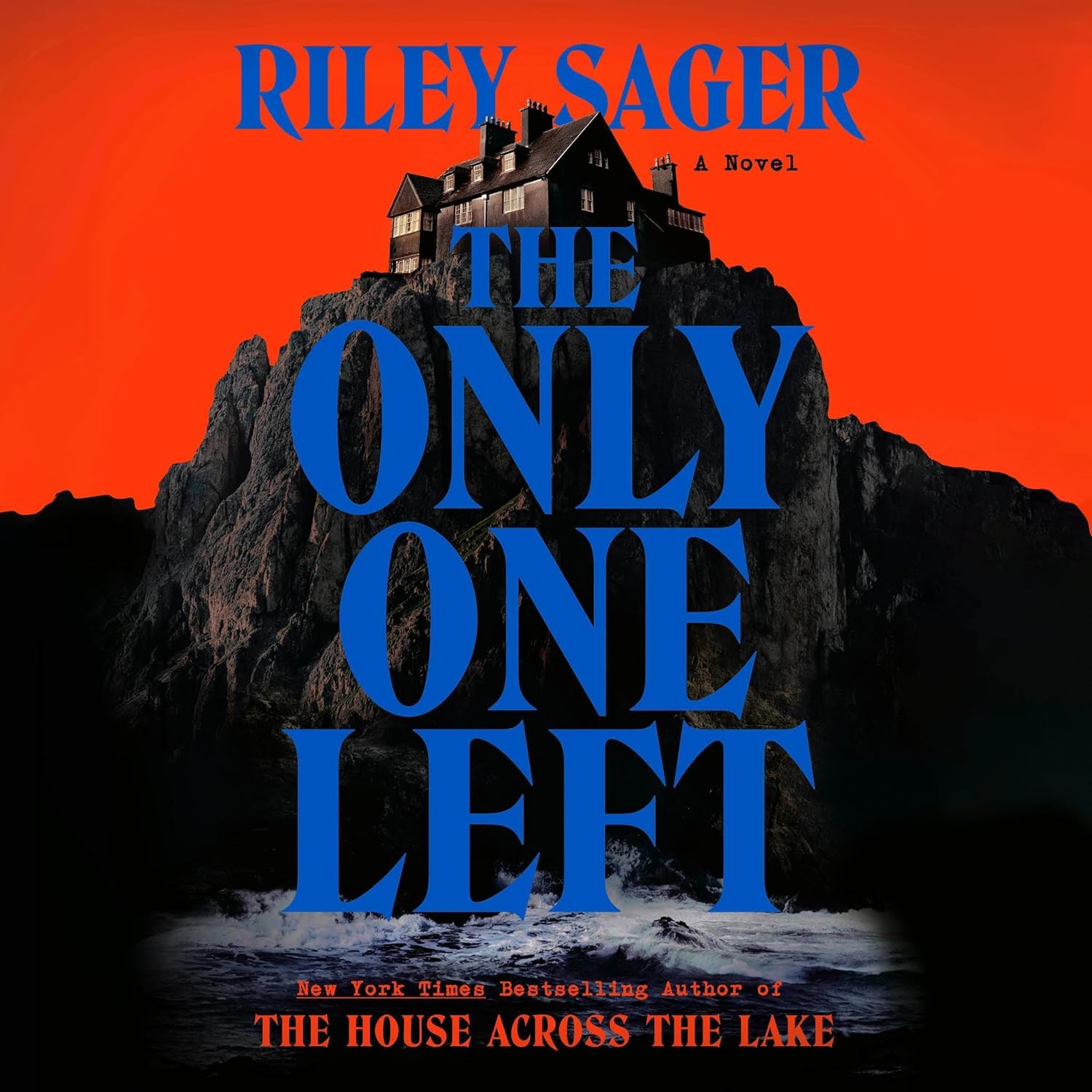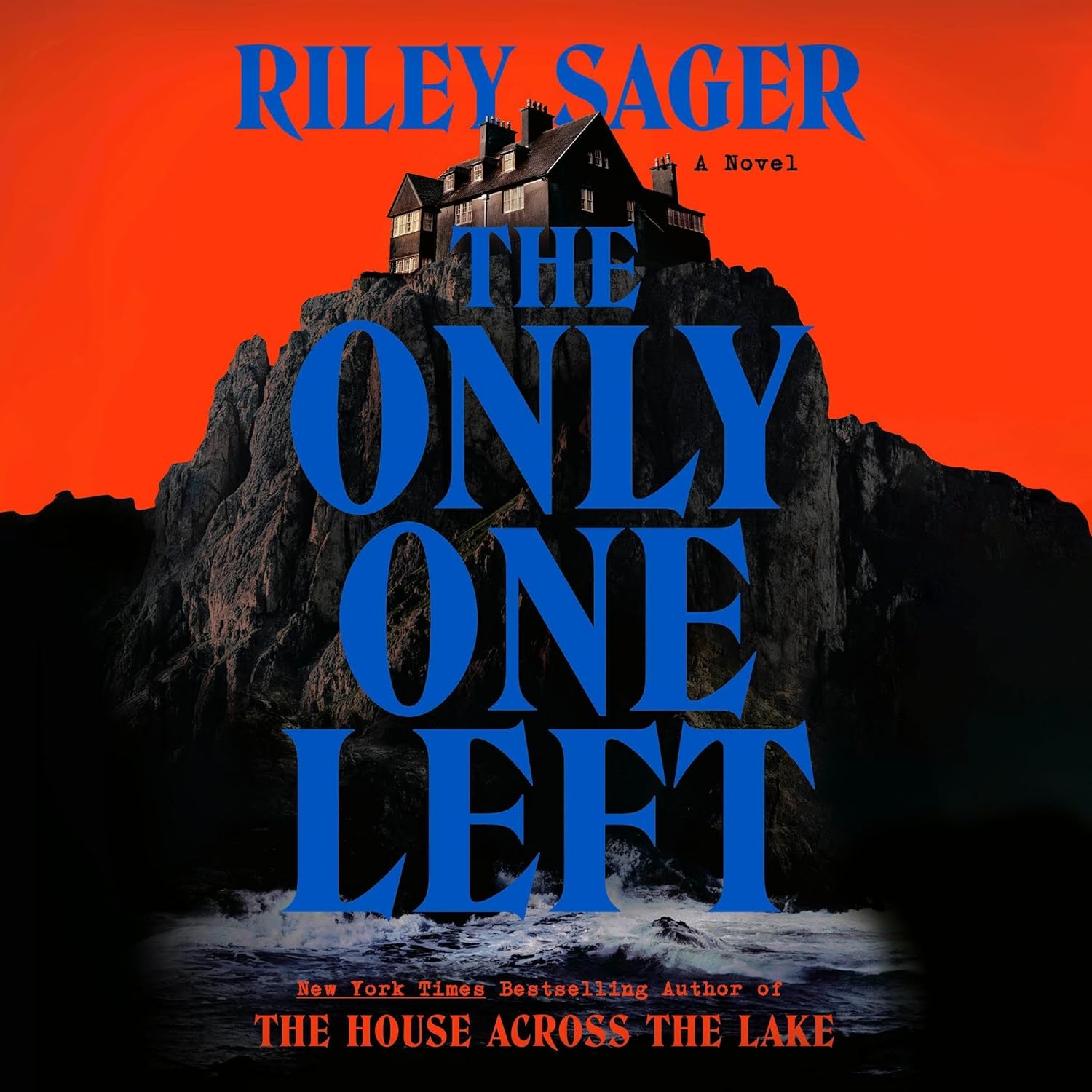I recently dove into Riley Sager’s The Only One Left, a book heralded as a summer must-read by numerous esteemed publications. Given my love for gothic thrillers, particularly those laden with mystery and unpredictable twists, I was eager to see if this novel would live up to its buzz.
Set in 1983, the story revolves around Kit McDeere, a home-health aide tasked with caring for the enigmatic Lenora Hope, a woman long suspected of a horrific crime that dates back to 1929—one eerily reminiscent of the Lizzie Borden case. As I followed Kit’s journey into the decaying confines of Hope’s End, I was instantly captivated by the atmospheric setting and rich character backstory. The narrative is woven intricately; with Lenora confined to a wheelchair and mute due to a series of strokes, her communication via an old typewriter adds a poignant layer of tension. There’s a sense that each key she taps out might lead to dark truths—or perhaps further deception.
One of the most compelling aspects of this book is the dual narrative structure, juxtaposing Kit’s present-day experience with Lenora’s typewritten accounts of the past. Sager’s writing is undeniably engaging, making it easy to become engrossed in the intricacies of the Hope family’s history. I found myself caught up in the layers of secrets, unable to predict where the plot would lead next. It was delightful to read a story that boasted so many unexpected twists, keeping me on the hook right until the end.
However, I noted that the pacing received mixed reviews from other readers, and I can see why. While I appreciated the slower build to the midpoint as a means of deepening character development, I did find sections slightly sluggish. This contrasts with others, like BookishBilliJean, who praised the pacing as steady and well-constructed. It’s a subjective experience that might vary greatly depending on one’s reading preferences.
Another contrasting viewpoint comes from a reader named JC, who felt the ending lacked the punch it needed—even though I found the conclusion exhilarating. Sager defied expectations by revealing twists right as I thought I’d figured everything out. This actually reinforced my enjoyment; I thrive on unpredictability in thrillers.
In addition to the well-crafted suspense, I found the characters themselves deeply engaging. Kit, as a caregiver with her own troubled past, navigates a web of deceit and danger with relatable complexity. The combination of her emotional journey and the eerie backdrop of Hope’s End created a vivid setting that was hard to pull away from.
Still, while my overall experience was positive, I would be remiss not to mention that some readers found the plot to be overly convoluted at times, leading to moments of confusion. The Only One Left does indeed require a certain level of suspension of disbelief, particularly regarding the final twists. However, I appreciated how Sager constructed a narrative that blended both gothic elements with psychological intrigue, allowing me to forgive these bends in realism.
In conclusion, The Only One Left is, without a doubt, a gripping read that pleased my craving for a gothic thriller with plenty of plot twists and emotional depth. Despite some pacing issues and the occasional convoluted plot point, Riley Sager successfully delivered a narrative filled with suspense and surprises that kept me engaged throughout. If you’re a fan of thrillers that delve into dark family secrets with unexpected outcomes, I highly recommend picking it up. You might be as captivated by the secrets of Hope’s End as I was!
Discover the captivating mystery of “The Only One Left” and unravel its secrets today! >>








